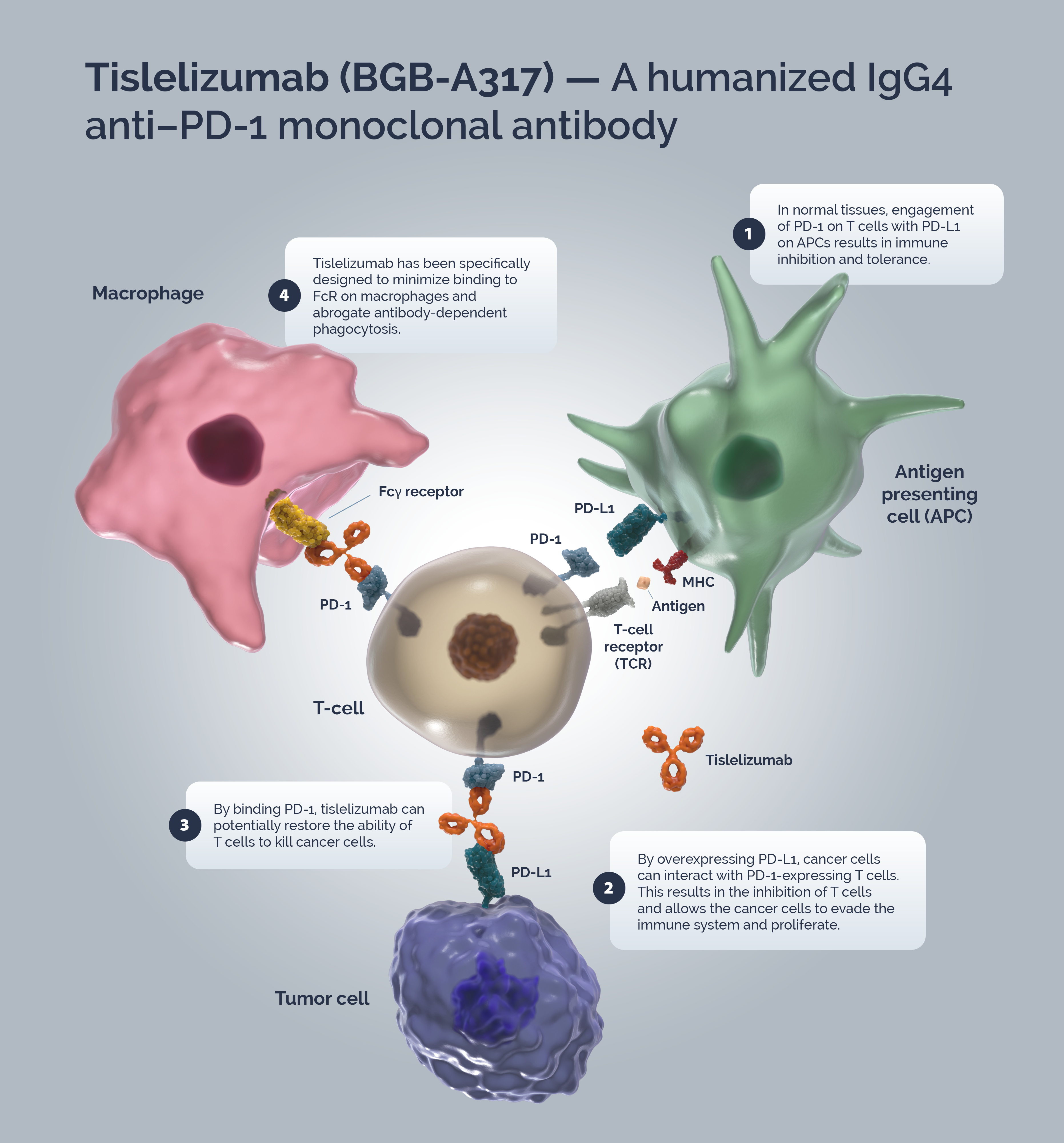BeOne's medical website with resources for healthcare professionals and disease information for patients and caregivers.
Please confirm the option below that best describes you so we can direct you to appropriate resources and information.
I am a...
Healthcare Professional
hcp
Patient / Caregiver
patient
BeOne Employee
employee
I am from...
GLOBAL (ex-US) / EN
https://beonemedaffairs.com/
France / FR
https://beimedplus.com/fr/
Italy / IT
https://beonemedaffairs.com/it/
United States / US
https://beonemedaffairs.com/us/
GLOBAL (ex-US) / EN
https://beimedplus.com/pts-en/
Italy / IT
https://beonemedaffairs.com/pts-it/








